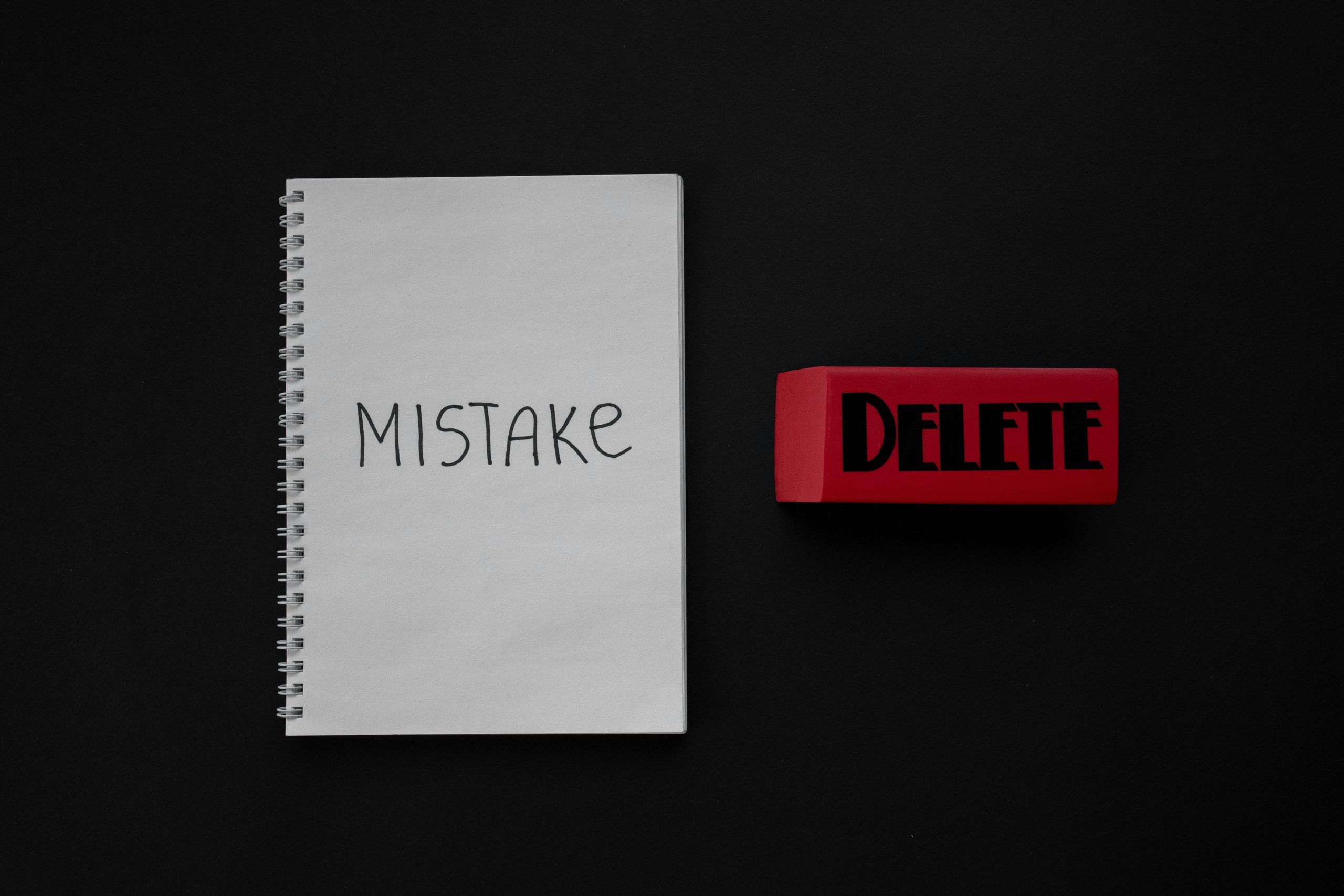For tax refunds, direct deposit is the way to go
Published:Some taxpayers like to actually get a check from the government, but there are distinct advantages of requesting direct deposit.
NEW YORK (MainStreet) — ?Are you expecting a refund from Uncle Sam this year? Whether you submit your Form 1040 electronically or mail a paper return to the IRS, you should elect to have your refund deposited directly to your bank account.
I understand some taxpayers like to actually get a check from the government, but there are two distinct advantages of requesting direct deposit:
- You will get your money a lot quicker. Over the years I have found that by choosing direct deposit you get your refund up to 10 days earlier than by mail. Direct deposit also avoids the possibility your check could be delayed by the Post Office, lost or stolen, or returned to IRS as undeliverable.
- You will help reduce the federal deficit. Having your refund deposited directly to your bank costs the government a lot less than printing and mailing a paper check.
READ: Five tips you may be forgetting in your tax rush
To request direct deposit you need to fill in your bank information — bank routing number, account number and whether it’s a checking or savings account — on Lines 74(b), 74(c) and 74(d) on Page 2 of your Form 1040, or Lines 43(b), 43(c) and 43(d) on Page 2 of Form 1040A. You can use IRS Form 8888 to have your refund split between up to three bank accounts or to get part of the refund deposited directly and part sent to you in a paper check.
You will not get an acknowledgement from the IRS or your bank that the money has been deposited. You must check your bank balance or statement to verify receipt.
The IRS will deposit your refund only into accounts that are in your own name, your spouse’s name or both if it’s a joint account.
Is it safe? In all the years this option has been available I have never had a client’s refund deposited erroneously to someone else’s account.
Here’s an idea: Instead of having your refund deposited to your bank account, use all or part of it to buy US Savings Bonds. You can use up to $5,000 of your refund to buy up to three bonds by completing Part II of Form 8888.
You can also have all or part of your refund deposited directly to your traditional or Roth IRA account.
As with a paper refund check, you can check the status of your refund online at the IRS website.



